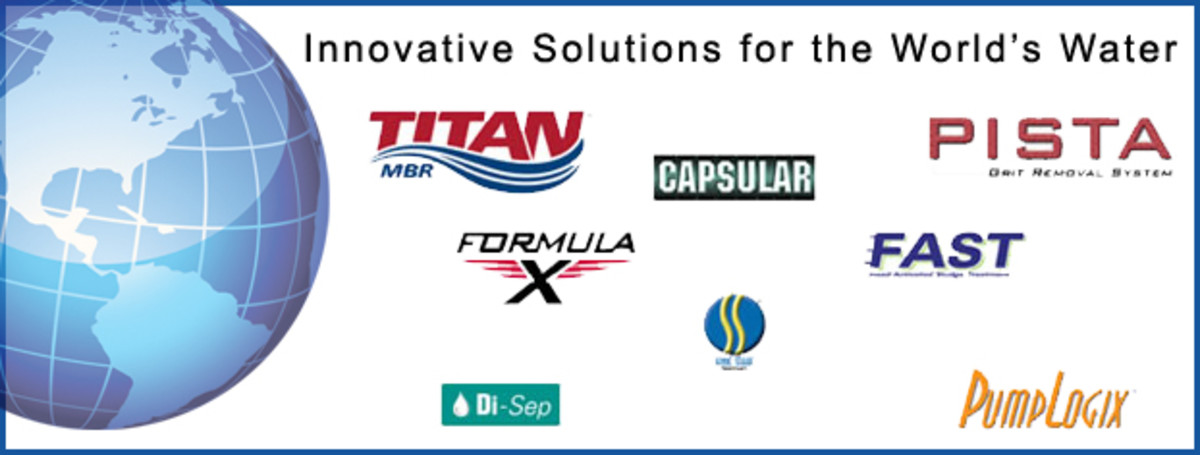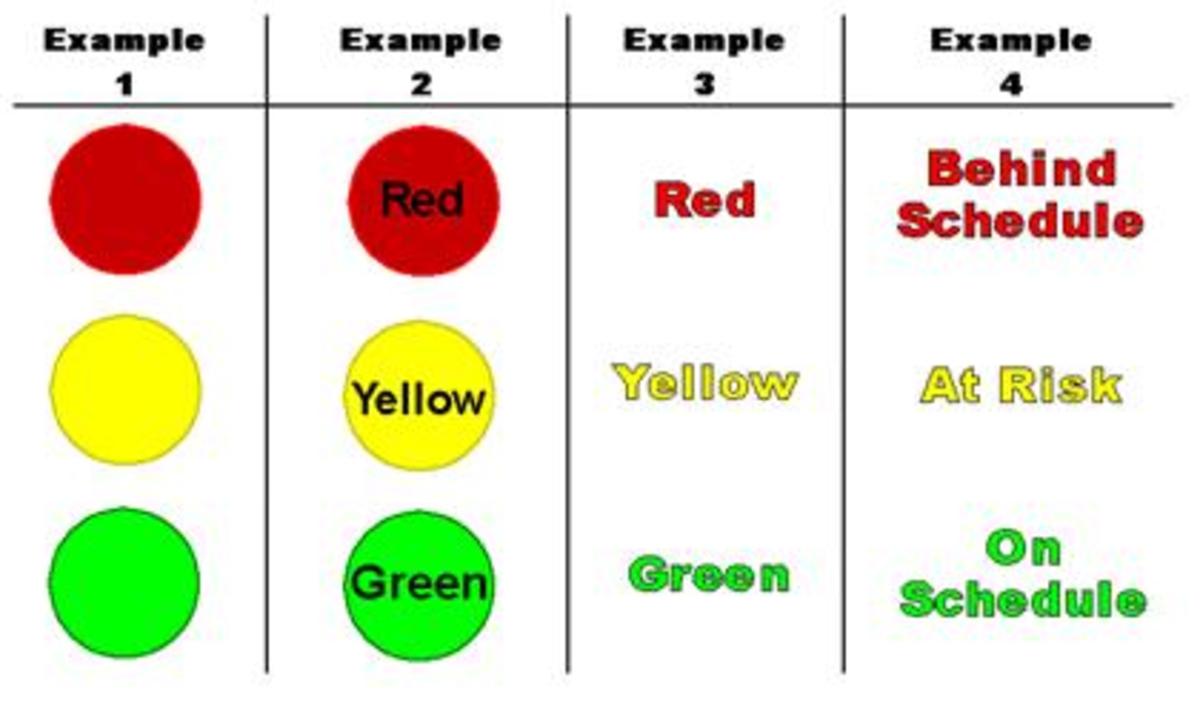New business development strategy
Choosing a Business Product
What is a product?
To those in the field of operations or production management, a product is seen as a generic term or label used to describe the output of a productive system. Therefore, a project need not be a physical object, it can be anything from health care to bank services. It can even include such supportive elements as packaging, ease of purchase, after sales services and other things customers value.
Business products
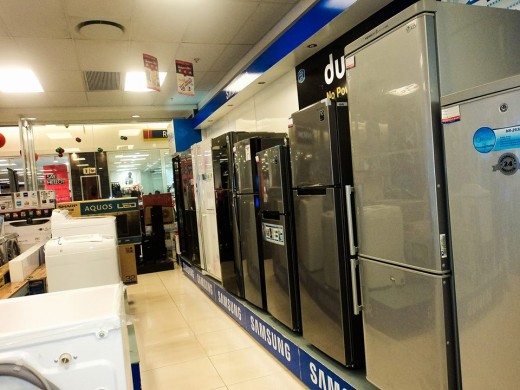
Classes of Products
Generally, a product can be classified to be either durable, non-durable, consumer or an industrial product.
1. DURABLE PRODUCTS
These are furniture, machine, equipment or tools, electrical appliances and other products that last for a long time and which may require after sales service.
2. NON-DURABLE PRODUCTS
These are products that are consumed while in use and frequently purchased like toiletries and edible items and personal care products.
3. CONSUMER PRODUCTS:
These are products purchased for final consumption by a consumer and includes;
-Convenience products: Items purchased on impulse like cigarette, beverages.
-Shopping products: These are consumer goods purchased after comparing products design, quality and price or while shopping around.
-Specialty products: The items purchased for its unique features or brand appeal and for which consumers are willing to make extra effort to buy, like luxury cars, fancy apartment, expensive furniture, etc.
-Potential products: These are products that the would-be customers are doing happily without and are not eager to purchase unless an effort is made by the producers or promoters to push the product to them. This includes insurance, fixed deposit in banks, air Freshener, etc.
4. INDUSTRIAL PRODUCTS:These are items or raw materials bought for use in the production of other goods or in the running of business.

Choice of Product
The most important decision an investment promoter or project consultant will make is the choice of product. This involves conducting market analysis to determine the estimated size and character of demand for the seemingly attractive choice / idea of product or service. Idea screening criteria in the choice of product may include sales volume expected, types and volume of competition and the availability of raw materials. The economic viability of the chosen product is assessed by looking at projected profits and losses in the first few years of operation. A sound market analysis conducted at this stage of the project would provide useful insights into the projected extent of demand for the product and estimate the break even point and at what time, at this level of sale, it will be reached.
WHERE TO GET PRODUCT IDEAS
Product ideas could come from:
-Market analysis
-From company personnel
-From projected potential customers
-Business promoters
-By going through published list of industrial directories like list of livestock based industries, mineral based, forest based, marine, etc.
-Through import substitution; An obvious source of product idea is the products being imported into the country with proven high rate of demand. Undertaking a project to produce such goods is sure to receive buyer acceptance given that there is availability of local raw material, labor and infrastructures, etc.
Development cycle
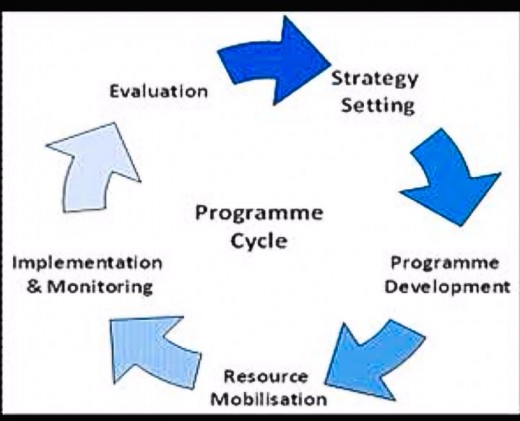
Production
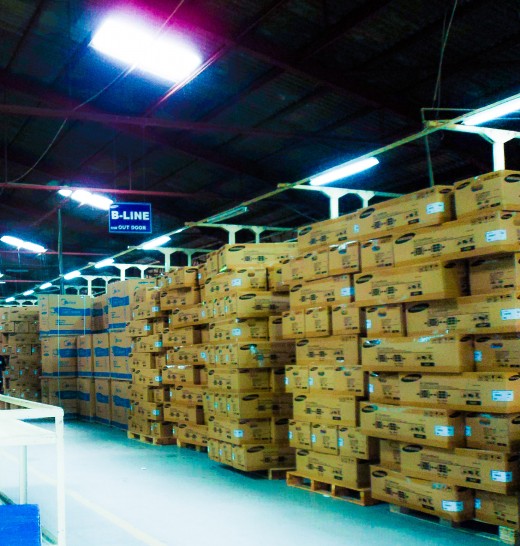
Production Planning
This is to arrange everything so that the production processes are in concise conformity with the design with maximum economy. To ensure each step in the entire process is closely monitored and controlled within clearly defined limits.This is where the requirements of the sales department is turned into instructions for the production department to produce either in batches or on site.
PRODUCTION DEVELOPMENT
This proceeds from design, production of the product, to brand naming and packaging. At each stage, consumer tests are carried out to check the appeal of alternative product features, brand names and package designs. At this stage, a prototype of the product is produced embodying all the intended desirable features that will appeal to the intended customers.
Production development includes:
1. Design and production: The basic product is designed to capture any feature the originator intended. It is built and tested and the most economical method of production is determined.
2. Consumer concept testing: Reactions of consumers is sought regarding the product concept, the brand name and the packaging. If these feedback indicates consumer preference, then costly errors are likely to be avoided. Consumers may be individually surveyed, brought together to form small experimental groups to test particular product features such as taste, flavor, color, etc, and to test the appeal of alternative designs or brand names. The product concept, the brand concept and the packaging concepts are redesigned to meet any objections raised by consumers.
Product life cycle
Factors to consider in product development
1. CHOICE OF TECHNOLOGY
The technological requirements of an investment project can be labor or capital intensive, and dictates the quantity and quality of technical equipment, technical know-how, manpower, general infrastructure and labor input combinations.Technology starts with invention, then innovation, improvement and continuous improvements to achieve new and better ways of converting inputs to outputs.
Choosing appropriate technology is to consider the ideal production capacity, available finance and quality of manpower. It also depends on such considerations as the rate of technological change, ease of copying /design theft, availability of spare parts and after sales service, etc.The following should also be considered in the selection of technology.
i. The suitability of certain raw materials for some production processes.
ii. The labor input and situation in the country
iii. The advantages and disadvantages of various technological alternatives and their suitability for the proposed operating environment.
iv. The source of the particular chosen technology and its unique logistic and other characteristics.
v. the purchase and operating costs of the technology.
Field work

Market Research
Economists use the term "market" to refer to a collection of buyers and sellers who transact in a particular product class like in the housing market or the automobile market. Therefore the size of a market depends on the number of people who exhibit the need, have resources to engage in exchange and are willing to offer these resources in exchange for what they want.
Knowledge about the extent of the market for the proposed product should be carried out with little cost by examining the statistics of domestic production, import and export of the product over a reasonable period of time, etc. It is thus only when a preliminary market research study indicates a substantial market exists, showing that the volume of demand is above a certain minimum level, should further investigation be proceeded.
Market research helps to discover the type of person who is buying this product, the price the consumers are willing to pay and whether they like the product just as it is or would like it better if some alteration is made. A company which believes that its first job is to find out what people will buy or can be persuaded to buy, makes it and sells it at a profit, is said to be market-oriented which is the hallmark of business success.
Market research data can be obtained from 4 principal sources:
1. Data from internal records: This data tells what has happened but is limited and historical. It relates only to the products that has been marketed before and cannot give much information as to future market potential of the intended product or the proportion of future potentials of competitors.
2. Reports from outside sales staff: Most firms expect their outside sales staff to provide the head office with periodic reports as to market conditions in their territories. These reports can be used to compare independent data.
3. Data from published sources: Important sources of published data for market research includes weekly information service of the department of trade and industry, monthly digest of statistics, industrial directories, etc.
4. General surveys: This includes--industrial censuses which usually provides information on number, size and location of firms in each industry. --family budget surveys which provides information on how families allocate their income among different types of expenditure such as housing, clothing, transport, etc.--international surveys where you compare with international organizations. The most reliable way to ascertain how people may react to a product is to go out to the field and investigate and obtain relevant information.
MARKET RESEARCH PROCESS
The 4 steps in marketing research are:
1. Defining the problem and research objectives.
2. Developing the research plan.
3. Implementing the research plan.
4. Interpreting and reporting the findings.
Use info from diverse sources

Financial Feasibility Assessment
This deals with various financial matters that has impact on the success of the proposed capital investment. Examining the financial implications of the different combinations of physical inputs and the resulting output. Market prices are used in determining the value of the inputs and the output without any bias.Financial analysis of a project deals with methods of financing/ sources of funds and the financial profitability or viability of the project. Financial assessment of a project seeks to analyze the following:
-The total capital needed for the project, its management and operations over a period of time:
-The level of equity participation of the investors and the considerations for their equity per debt ratio:
-Government monetary policy, in terms of tax and investment rate.
-Government fiscal policy in terms of demand and supply of money, interest rates, etc.
Capital and assets

Project Finance
Project finance is concerned with planning, acquisition and administration of funds in the process of product development. It seeks to answer bugging questions pertaining to the project including how much money is required now and in the future to establish and run the project? how will the capital requirement for the project be raised? What is the unit price and total amount?Provision should be made for situations whereby the required infrastructures such as water and electricity, are not available. The cost of providing such facilities as boreholes and electric power generators at the project location must be quantified in financial terms for inclusion in the feasibility report.
SOURCES OF FINANCE
There can not be a product development project without the injection of capital. Such capital is usually provided through internal or external sources.
1. The internal sources of capital includes
-Undistributed profits
-Depreciation provisions
-Surpluses or reserves from operations
2. The external sources of capital:This includes:
-Long term borrowing: The funding requirements of a project can be met by long-term borrowing. Such finance can come by way of mortgage over the sponsor's property, or by debentures secured by a fixed or floating charge over his assets. Insurance companies, pension funds, investment and finance companies are a main source of mortgage funds.
-Capital market: Investment promoters can go to the capital market or the stock exchange for funds as the capital market handles new ISSUE of marketable securities to the public daily. These securities, also called issues can be divided into 3:
i. Public offer of new shares, debentures and other long term obligations of a public company. This can be issued as an offer for sale by an issuing house or by the existing company itself.
ii. Rights issue to shareholders by circular: New issue of ordinary shares for cash are often offered to existing shareholders of public limited companies in proportion to their existing holdings and on advantageous terms to the holders.
iii. Private placement: this also can help generate needed funds for projects either by the investors direct funding or through an issuing houses with institutional investors.
Foreign Equity Finance
This usually takes the form of a joint venture in which a foreign firm invests a substantial equity capital plus industry-specialized experience, while a local partner, either a private investor or the government, provides the balance of the capital, local information and connections. Examples of foreign equity sources of finance are:
1. Foreign private loans: Private foreign companies may give loans to help finance projects in developing countries usually with connection to equity participation rather than directly or independently. These companies are usually interested as a means of safeguarding existing investment or increasing market share for the product.Suppliers of machinery and services are the major sources of foreign private loans for industrial projects.
2.The world bank: This of course, is an important source of finance for private industrial projects. It does not make loans available to cover the whole cost of the project but normally lends the foreign exchange required to meet the cost of imported goods and services necessary for the project. Loans from the world bank can be obtained through an industrial development bank or through government intermediaries.
3. International finance corporation (IFC): it is an affiliate of the world bank and invests in enterprises which are predominantly industrial, processing or mining either for sake of expansion or a new venture. In financing any project, IFC always ensures that the local investor carry their share of the financing about half the total cost of the project. 4. Development banks: this banks are set up to promote economic development in its member states. They give guarantees, loans or equity participation to businesses.




